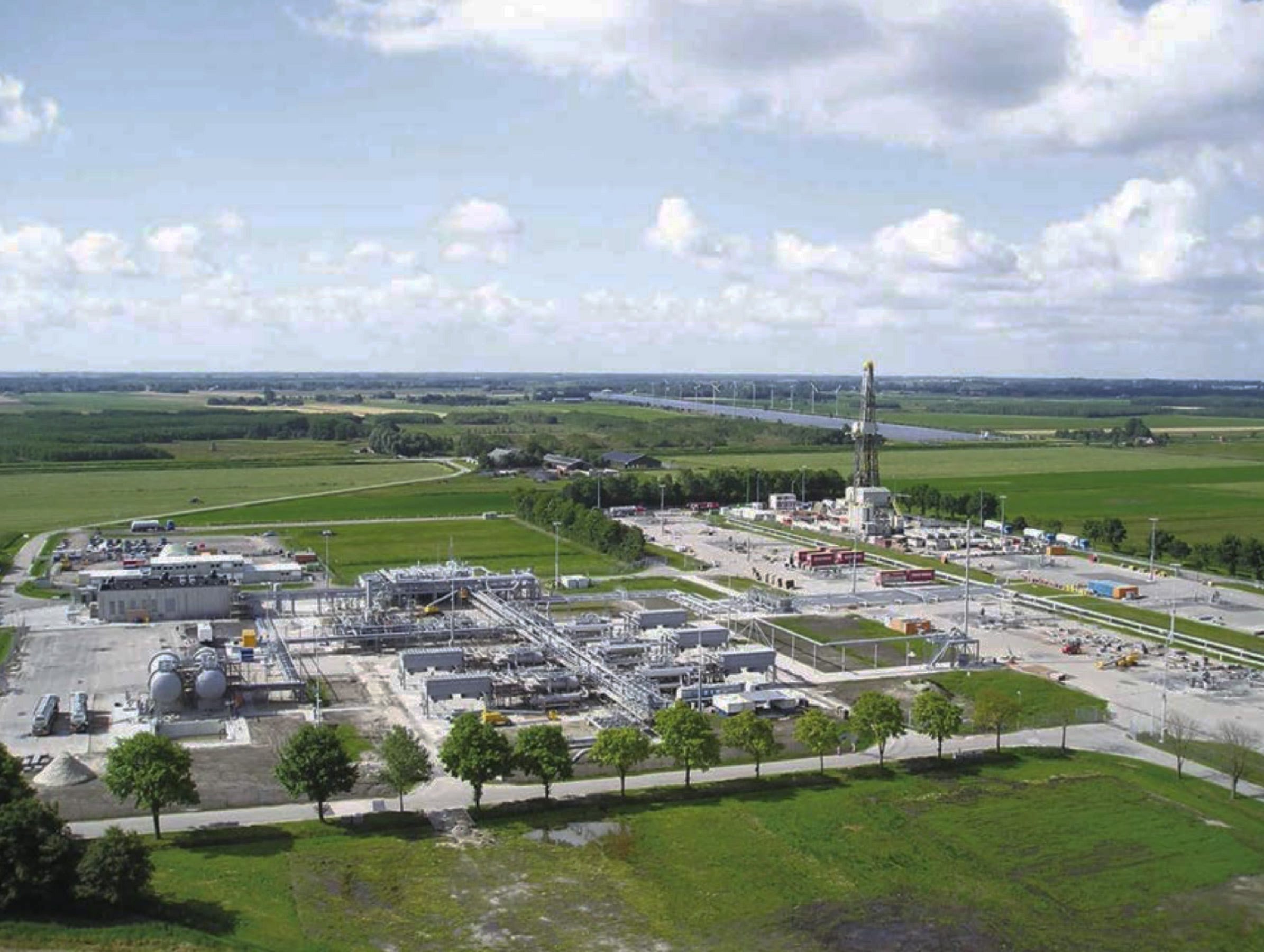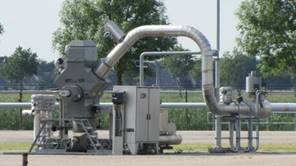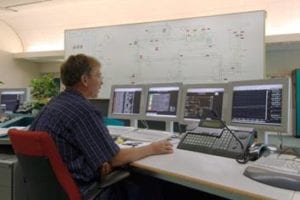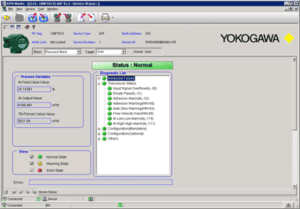
Improving efficiency for Holland’s natural resources, NAM uses the latest technology to improve operations and productivity to help keep gas flowing to meet fluctuating demands.
 As with most European countries, natural gas is a critical source of energy for the Netherlands. Conveniently for the 16 million Dutch people, an abundant annual supply of 32 billion cubic meters is located in Groningen province in the far northeastern corner of the country. This rich gas field began producing in the 1960s. Since then, the inevitable depletion of resources and aging of equipment as well as stricter environmental regulations have required a massive upgrading of facilities. The Dutch petroleum company that oversees the project, Nederlandse Aardolie Maatschappij BV (NAM, a joint venture of Shell and Exxon) began working on the upgrade in 1997. NAM realized that the days of “free flow” were gone, and like most other oil and gas companies around the world, a great deal of additional effort would be required to continue production.
As with most European countries, natural gas is a critical source of energy for the Netherlands. Conveniently for the 16 million Dutch people, an abundant annual supply of 32 billion cubic meters is located in Groningen province in the far northeastern corner of the country. This rich gas field began producing in the 1960s. Since then, the inevitable depletion of resources and aging of equipment as well as stricter environmental regulations have required a massive upgrading of facilities. The Dutch petroleum company that oversees the project, Nederlandse Aardolie Maatschappij BV (NAM, a joint venture of Shell and Exxon) began working on the upgrade in 1997. NAM realized that the days of “free flow” were gone, and like most other oil and gas companies around the world, a great deal of additional effort would be required to continue production.
Improving Efficiency for Holland’s Natural Resources
 The most urgent need has been to boost the gas pressure. Nearly 40 years of production have depleted the source by half, reducing the wellhead pressure to 90 bar. About 30 bar is lost through dehydration and the removal of impurities, which leaves 60 for transmission. Since this is the threshold value for gas distribution, NAM engineers know that if they are going to be supplying in the year 2040 and beyond, it will have to be done with gas compression equipment.
The most urgent need has been to boost the gas pressure. Nearly 40 years of production have depleted the source by half, reducing the wellhead pressure to 90 bar. About 30 bar is lost through dehydration and the removal of impurities, which leaves 60 for transmission. Since this is the threshold value for gas distribution, NAM engineers know that if they are going to be supplying in the year 2040 and beyond, it will have to be done with gas compression equipment.
Another great need is to stabilize gas supply for customers’ varying needs. During the warm summer months, the Dutch demand a modest 50 million cubic meters from Groningen. But on a cold winter day, they may ask for 250! On any given day, the demand may swing by as much as 3:1. To handle these wide changes in demand, NAM is planning to reconstruct huge underground storage facilities, one kilometer below the surface, to act as a buffer for the gas supply.
As one would expect, an engineering project of this scale cannot be handled by a single company, no matter how large. Stork GLT, a five-company consortium that included instrumentation and control system provider Yokogawa Europe, was formed in 1997. The consortium spent the next 12 years renovating the clusters. With that work now done, NAM has signed up for another 15 years with the consortium, now called GLT-PLUS, for additional renovations and plant maintenance.
The gas wells are organized into 20 clusters, each consisting of wells and a treatment plant. Each cluster has a control room that normally operates unmanned, automatically, under the supervision of the central control room. Many types of field instruments are utilized in each cluster, and NAM needs to remotely monitor these devices and organize their maintenance schedule. NAM always uses the latest technology to improve operations and productivity.
 Yokogawa’s Plant Resource Manager (PRM) software is the backbone for all maintenance operations. The combination of FOUNDATION™ fieldbus networking technology, combined with the use of DTMs and the PRM software, make it possible for the engineers to keep track of thousands of valves and instruments. In many cases, when problems arise, maintenance engineers can use DTMs to get a quick picture of what is happening with the equipment.
Yokogawa’s Plant Resource Manager (PRM) software is the backbone for all maintenance operations. The combination of FOUNDATION™ fieldbus networking technology, combined with the use of DTMs and the PRM software, make it possible for the engineers to keep track of thousands of valves and instruments. In many cases, when problems arise, maintenance engineers can use DTMs to get a quick picture of what is happening with the equipment.
Work orders are prepared each day. The next morning maintenance engineers meet with operations personnel to discuss needs and priorities. This close collaboration means there are few, if any, surprises.
This means the maintenance department is beginning to change from “corrective” mode to “proactive” mode, thanks to powerful tools like DTMs. The intelligent instruments and the database infrastructure make this happen. There is still a learning curve, but the engineers are starting to work through it.
DTMs can collect and organize hundreds of instrument parameters and diagnostics and make them available in comprehensible form for maintenance engineers. With thousands of instruments spread over a very wide area, this plays a crucial role in making sure that everything runs smoothly in the gas field.
“The field is completely controlled by a Yokogawa CENTUM VP system, the largest field-wide DCS in the world,” said Ron Schoemaker, Yokogawa’s representative within the GLT-PLUS consortium. “It presently supervises about 800,000 tags, and when the underground storage facilities are connected to the field-wide DCS, the tag count will be close to one million.
The gas field is automated to the degree that, theoretically, one man could run the entire operation. In practice, NAM keeps two men in the control room.” Mr. Schoemaker went on to say, “When we started, fieldbus was too new for us to consider using it, but the concept of predictive maintenance appealed to the team, and so the first 13 clusters were done with standard HART instruments, in a “quasi fieldbus” of sorts. Yokogawa’s field controllers are connected to the central control system by using a dedicated fiber optic network.” Robin de Vries, a Yokogawa plant asset expert, added, “It was the first one equipped with FOUNDATION fieldbus technology on a pilot basis in 2004, and has 25 FOUNDATION fieldbus devices in four segments. Now there are 2,500 intelligent instruments connected with FOUNDATION fieldbus and 8,000 with HART. Most of them are Yokogawa instruments for pressure, mass flow, temperature, and conductivity. Standardized instrumentation buses make it easy to connect other manufacturer’s devices, and so there is a scattering of Magnetrol and Endress+Hauser level instrumentation and Emerson valve positioners.”